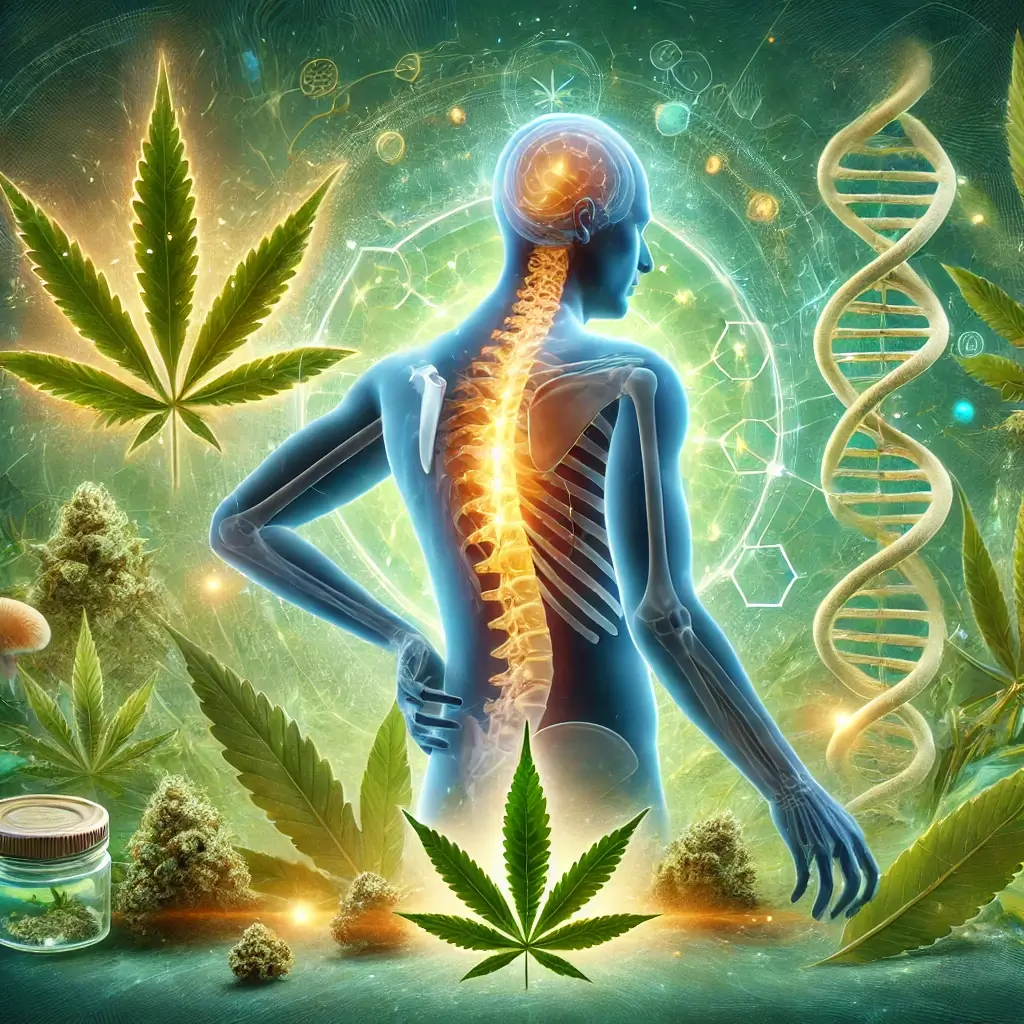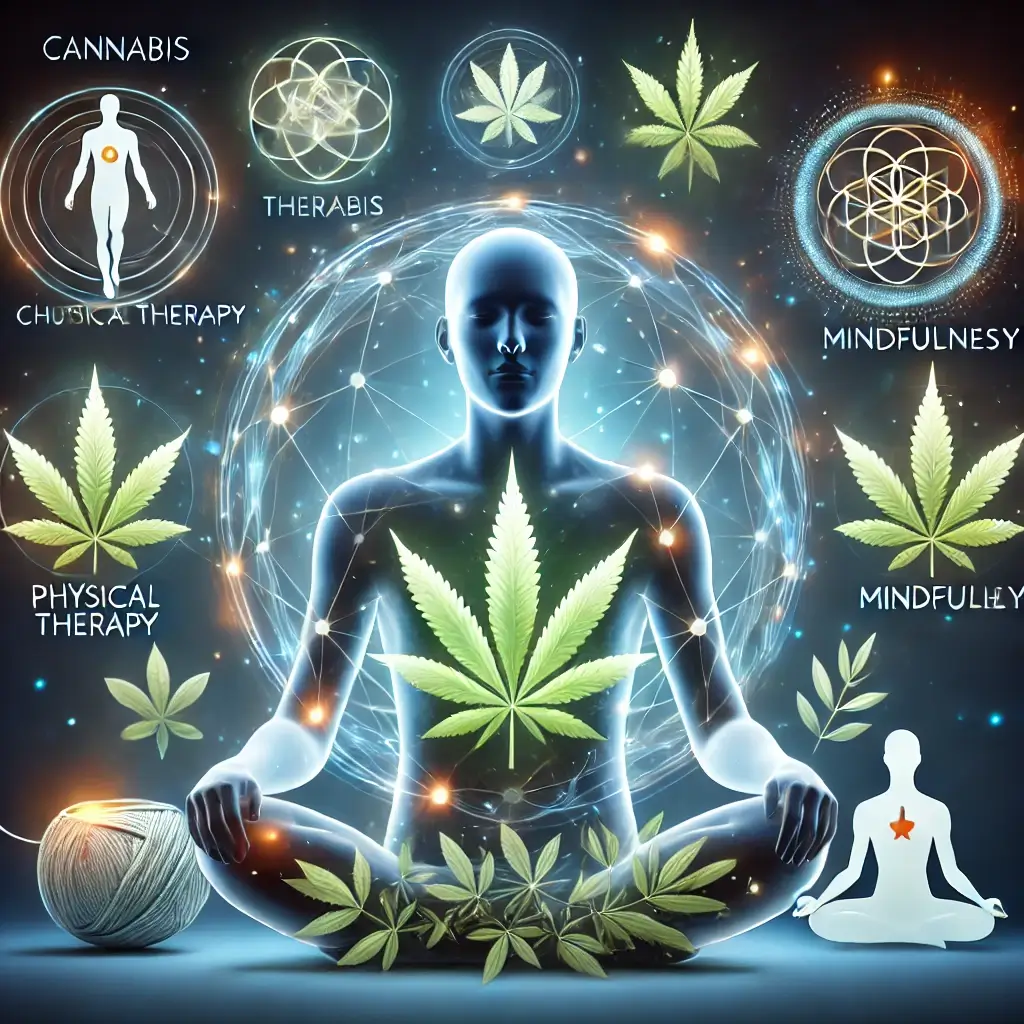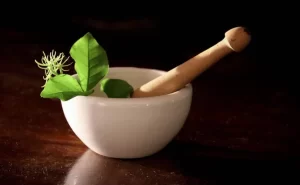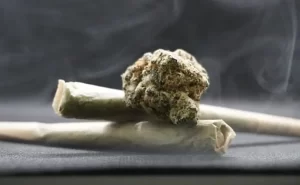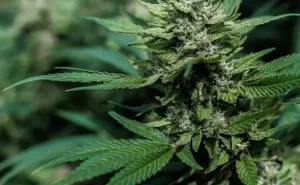Nonmedical Opioid Use Decreases with Medical Marijuana
A growing number of states have legalized marijuana for medical purposes, with several more considering legislation to do so. Medical marijuana is commonly prescribed to treat pain, but it can also help with fibromyalgia, chronic pain in the bones or joints, and anxiety.
According to a new study published in the journal Addiction, when a state enacts a medical cannabis law, nonmedical prescription opiate use decreases by 0.5 to 1.5 percentage points.
The study examined data from a nationally representative sample of people who reported using nonmedical prescription opioids within the previous year.
Findings could be attributed to the fact that people in severe pain have the highest rates of opioid use.
Nonmedical prescription opioid use is defined as the use of opioid medications without a valid doctor’s order or in ways other than those prescribed. The Rutgers study discovered that daily cannabis use was associated with a lower frequency of nonmedical prescription opioid use but not with a decrease in the total number of opioid days used in a given week.
According to the researchers, these findings could be attributed to the fact that people in severe pain have the highest rates of opioid use and are least likely to benefit from reducing their prescription drug use, particularly opioids.
The researchers also discovered that cannabis use was linked to a lower risk of new-onset prescription opioid nonmedical use or opioid use disorder three years later, even after controlling for a variety of demographic and clinical factors. This conclusion was firm among those who experienced moderate to severe pain.
Medical marijuana users are young males who combine the substance with other recreational drugs.
Despite the findings, the authors acknowledge that their study had significant limitations. First, the NESARC data make no clear distinction between recreational and medical marijuana use; the majority of medical marijuana users are young males who combine the substance with other recreational drugs.
Second, the authors were unable to distinguish between the effects of recreational and medicinal marijuana on outcomes because a physician must certify that a patient has an approved ailment for which marijuana can be administered.
Although the findings of this study are encouraging, it is essential to note that previous research has shown that medicinal marijuana is not a substitute for opioids. We must continue to evaluate the benefits and drawbacks of different opioid addiction treatment regimens.
Medical marijuana laws are associated with a decrease in nonmedical opioid use, we should invest in other strategies to address risky opioid use.
The study’s lead author, Hillary Samples, an assistant professor of health systems and policy at the Rutgers Institute for Health, Health Care Policy, and Aging Research, says that “although these findings indicate that medical marijuana laws are associated with a decrease in nonmedical opioid use, we should invest in other strategies to address risky opioid use.”
The National Library of Medicine (NLM), a branch of the National Institutes of Health, provides access to scientific materials. Inclusion in NLM databases does not imply that the NLM or the National Institutes of Health endorse or agree with the content of such publications.


